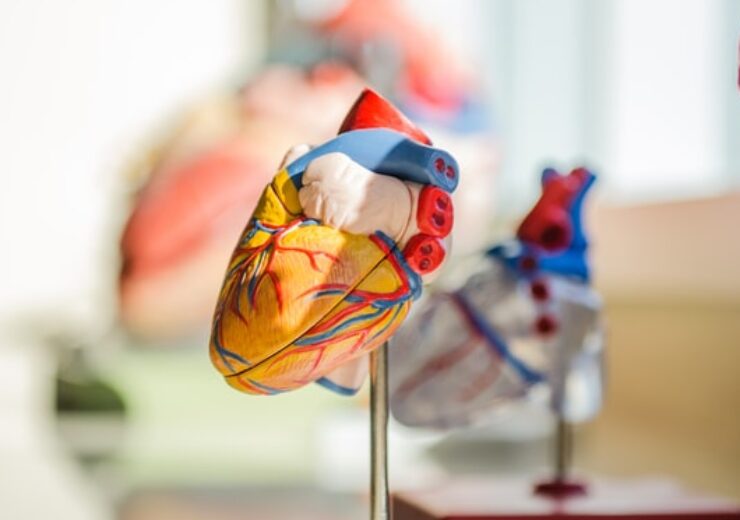The FDA approval will expand inHEART’s commercial footprint in the US and improves the efficacy of cardiac ablation procedures such as ventricular tachycardia (VT)

FDA approves inHEART MODELS software. (Credit: jesse orrico on Unsplash)
French medical device manufacturer inHEART has received the US Food and Drug Administration (FDA) 510(k) clearance for its inHEART MODELS software suite.
The cardiac modelling solution is designed to facilitate 3D visualisation and analysis of anatomical structures of the heart for pre-procedural planning and intraprocedural use.
The FDA approval will expand the company’s commercial footprint in the US and improves the efficacy of cardiac ablation procedures such as ventricular tachycardia (VT), said inHEART.
The solution comes with a unique segmentation algorithm, which analyses pre-procedural CT and MR images to create highly interactive 3D models of the heart
It will address most of the challenges in conventional VT ablation, said the company.
inHEART president and CEO Todor Jeliaskov said: “This is an important commercial milestone for inHEART. With this clearance, we will grow inHEART’s presence in the U.S. as we work to improve patient care for long, complex cardiac arrhythmias.
“Our goal is to make a VT ablation as straightforward as an atrial fibrillation (AF) ablation so that VT ablation is no longer limited to academic VT centres.”
According to the company, its inHEART MODELS software works to enable physicians to optimise treatment strategies based on each patient’s unique cardiac anatomy.
Also, it supports pre-procedural planning and smooth integration into all major electroanatomic mapping (EAM) systems.
In the early clinical evaluations, the solution has shown a potential 60% reduction in VT procedure times compared to the conventional approach, from five hours to below two hours.
Usually, shorter procedure times are associated with superior safety and patient experience.
In addition, the evaluations showed a potential 15% improvement in procedure success rates with the image-guided ablations, compared to the conventional approach.
Earlier this year, the company commenced an inEurHeart clinical study to compare the efficiency and efficacy of image-guided (VT ablation with traditional, catheter-based techniques in cardiac arrhythmia patients.
